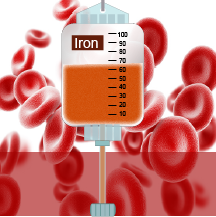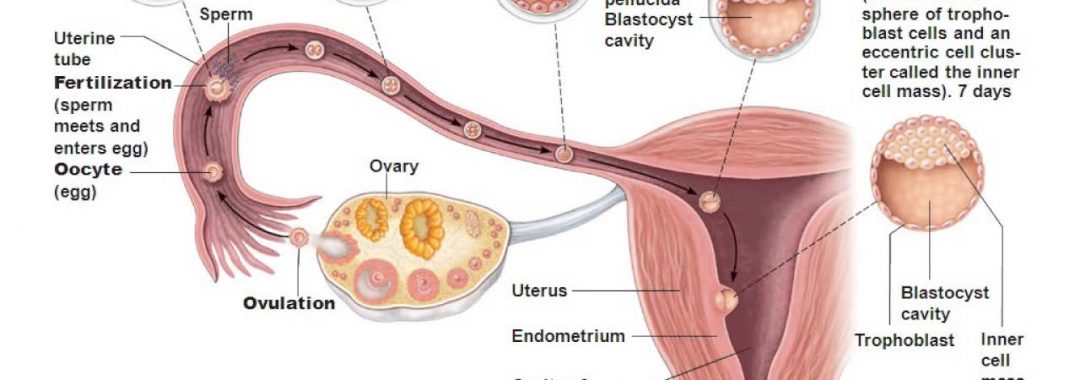Atrophic vaginitis is a vaginal disorder that usually happens after menopause, but it can happen long before this time as well. When estrogen levels fall, the vaginal walls can become thin, dry, and inflamed. This then causes the surrounding tissue to lose its elasticity and become atrophied.
This can be uncomfortable and it can make sex uncomfortable, or extremely painful. Gynaecological conditions such as endometriosis, adenomyosis and fibroids can make someone more prone to atrophic vaginitis as well.Many women that have atrophic vaginitis may not even know that they have it.
As many as 40% of postmenopausal women experience symptoms of atrophic vaginitis after menopause, but only 20 to 25 percent will seek medical help.
Many women will not seek treatment because they feel embarrassed due to the sensitive nature of the condition. Some women just put up with it believing it is normal.
Untreated, it can affect a woman’s quality of life and even lead to increased risk of prolapse and other gynaecological and urological conditions. Many of the treatments are non-invasive and are very effective in a short amount of time.
Symptoms of Atrophic Vaginitis
- vaginal dryness
- pain during sexual intercourse, or dyspareunia
- thin, watery, yellow or gray discharge
- paleness and thinning of the labia and vagina
- irritation when wearing certain clothes, such as tight jeans, or when on a bike seat
- more frequent urinary tract infections (UTIs), or urinary tract like infections(which is from inflammation, with no infection present)
- Vaginal Prolapse
Symptoms can also present in issues with the bladder and urination
- painful urination
- blood in the urine
- increased frequency of urination
- incontinence
- increased likelihood and occurrence of infections, or irritation to the bladder that may feel like an infection
There may also be a reduction in pubic hair, and the vagina may become narrower and less elastic, which may cause a condition called vaginismus.
Causes
During perimenopause, menopause and post-menopause, a woman can have decreased levels of estrogen. When the ovaries stop making estrogen after menopause, the walls of the vagina become thin, and vaginal secretions are reduced. Similar changes can happen to women after childbirth, but these changes are temporary and less severe.
These same changes can happen for women with endometriosis and adenomyosis and often why there can be changes to the wall of the vagina. Some of the medications used to help these conditions can also cause thinning of the vaginal wall and surrounding area. Many women with endometriosis, adenomyosis, fibroids etc, will have increased risk of atrophic vaginitis during the perimenopause, menopause and post-menopausal period.
Medications, or hormones, can be used as part of the treatment for breast cancer, endometriosis, adenomyosis, fibroids, or infertility to reduce estrogen levels. This decrease in estrogen can lead to atrophic vaginitis.
Other causes of atrophic vaginitis include:
- severe stress
- depression
- Surgery, or treatment to the pelvic area
- uncontrolled diabetes
- rigorous exercise
- chemotherapy
Other substances that can cause further irritation to the vagina are:
- smoking
- soaps
- laundry detergents
- lotions
- perfumes
- douches
- tampons
- yeast infections
- condoms (due to latex allergy)
Diagnosis
The best person to see for this condition is a pelvic floor/urodynamic specialist, or a women’s health specialist. While you GP can help with diagnosis of this condition, it is preferable to see a specialist who has more training in this condition and can help manage this moving forward. A specialist will carry out proper examinations, be able to diagnose this correctly and ask about medical history. They may ask about the use of agents that can irritate the area and cause or aggravate symptoms, such as soaps or perfumes.
Your specialist will also do tests to rule out STI’s and other possible causes of infections such candidiasis, bacterial vaginosis etc. Atrophic vaginitis can make the area more susceptible to becoming infected. It can occur alongside an infection. A diabetes test may be performed to rule out diabetes. A biopsy may be taken to rule out cancer.
Treatment
The first line treatment is usually conservative treatments with topical estrogen creams inserted into the vagina and focuses treatment on the affected area. A low-dose estrogen cream can be used to stimulate rapid reproduction and repair of the vaginal wall, tissue and cells. Women should be shown how to insert the creams with an applicator and then use their finger to help disperse the cream properly to get good coverage of the vaginal wall.
Creams are much better than pessaries, because pessaries often do not disperse well and may only give coverage to a small area. These creams are also safe to use for those at risk of certain cancers, or who have had hormone dependent tumors.
Some women may also need to take Hormone Replacement Therapy (HRT), in the form of a tablet, gel, patch, or implant to supply estrogen to the whole body. These estrogens are effective, but there may be side effects. Patients should discuss the risks of long-term HRT (especially breast cancer risk) with their healthcare practitioner.
Some women may also need to use a water-soluble vaginal lubricant may help to provide relief during intercourse, for mild cases.
Regular exercise is important, as it keeps blood flow and genital circulation high. Pilates and yoga may be beneficial for the pelvic floor and core stability and should be part of a woman’s overall lifestyle management. Women in the perimenopause and menopausal periods of their life should be doing some form of weight baring and strengthening exercise regularly.
There are also natural medicines that may assist in the treatment of atrophic vaginitis. Acupuncture and Chinese herbal medicine may help and assist with the symptoms of atrophic vaginitis (such as pain), alongside medical treatments.
Prevention
Regular sexual activity and stimulation of circulation to the vagina can help prevent atrophic vaginitis. It is more around climax helping, rather than just sexual activity, or intercourse. Some women have pain during intercourse, or experience dryness, so foreplay and being well lubricated can help this. Using a water-soluble vaginal lubricant can soothe mild cases during sexual intercourse. Masturbation and stimulation without intercourse to produce climax may help those women who have pain with intercourse, or who may not have a partner.
Regular climax and sexual activity can also show benefits for both the elasticity and flexibility of the region. Women who have regular climax and are sexually active report fewer symptoms of atrophic vaginitis when compared to women who do not regularly climax, or have regular sexual intercourse.
Regular exercise, such as Pilates and Yoga may assist in helping with the pelvic floor, vaginal tone, bladder and reproductive organs. Kegels exercises, and vaginal eggs/stones may also assist with atrophic vaginitis, alongside medical interventions.
There are natural medicine which may assist with the prevention of atrophic vaginitis and assist with circulation and hormone regulation. To find out more, please consult your healthcare provider.
Fast facts on atrophic vaginitis
- Atrophic vaginitis refers to dryness of the vagina.
- Symptoms include painful intercourse and an increase in urinary tract infections (UTIs), or urinary tract like infections (due to inflammation of the bladder, not from infection).
- It is caused by a reduction in estrogen, normally following menopause or treatment with anti-estrogen drugs. It can also be caused from gynaecological conditions such as endometriosis, adenomyosis and fibroids.
- Topical treatments and hormone replacement therapy (HRT) may help relieve symptoms
- Around 40 percent of postmenopausal women experience symptoms of atrophic vaginitis, but many do not seek treatment.
If you do need help with suspected atrophic vaginitis,please see your healthcare provider, or see a specialist in this area.
Take care
Regards
Andrew Orr
– Women’s and Men’s Health Advocate
-“No Stone Left Unturned”
-The Women’s Health Experts














